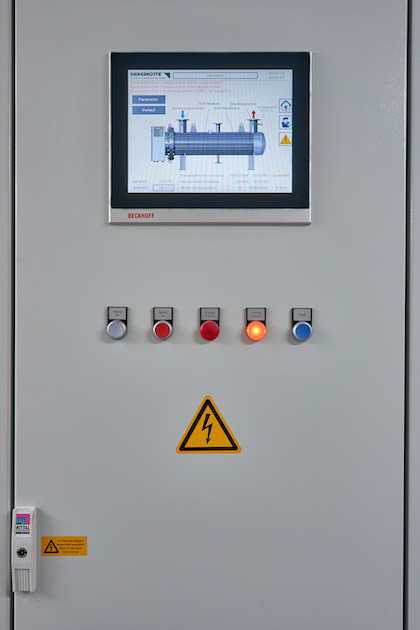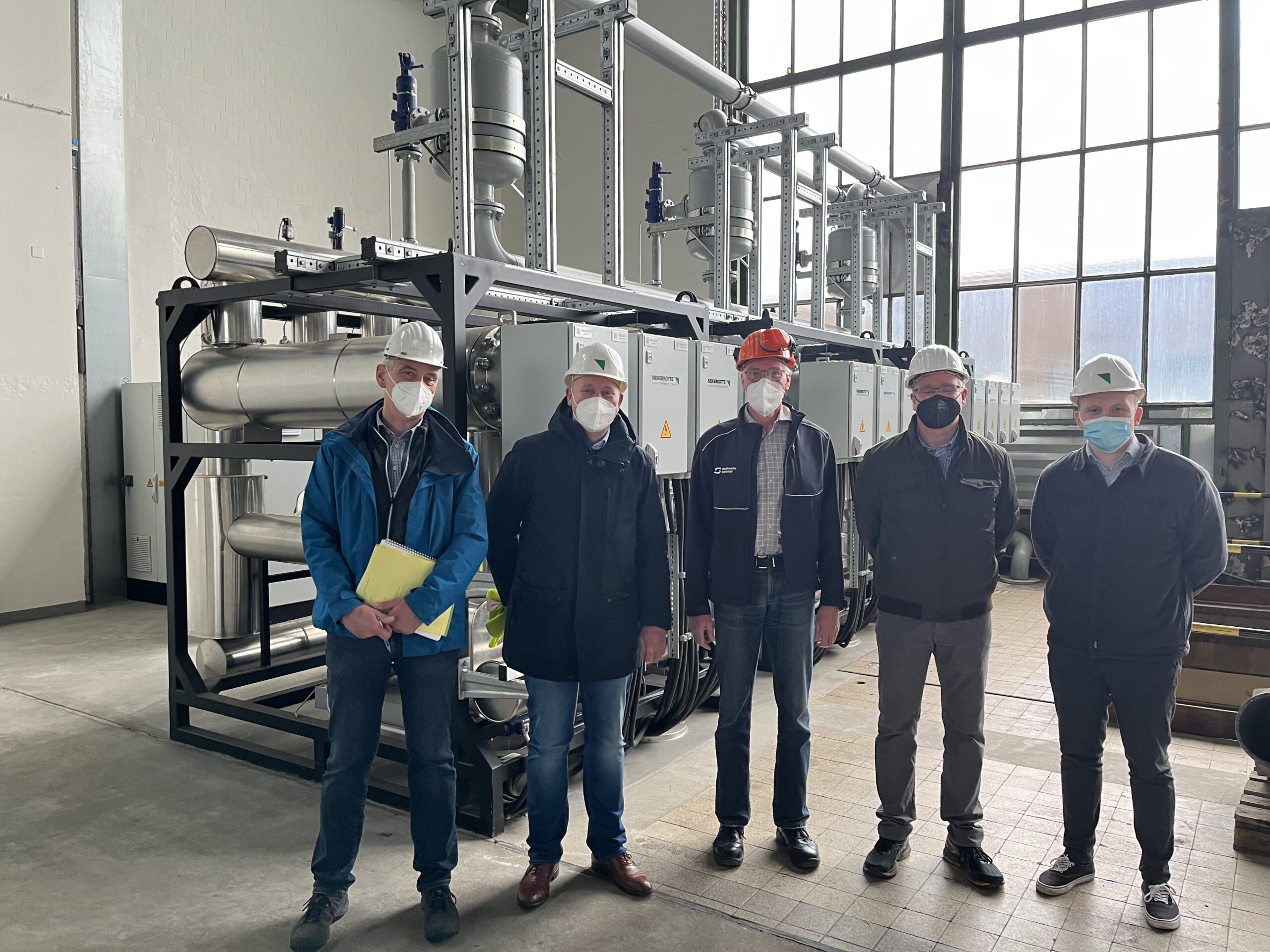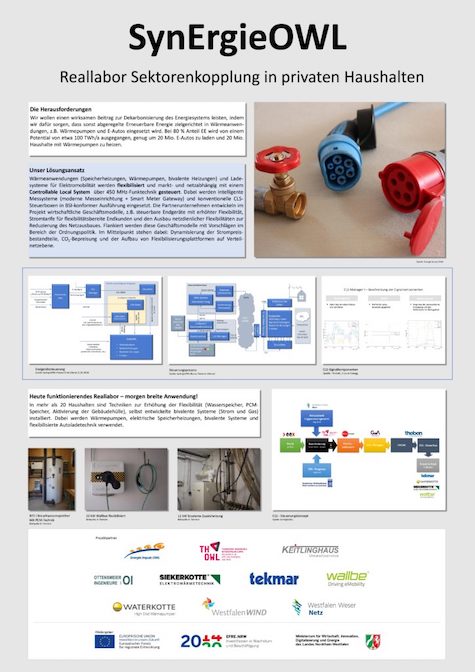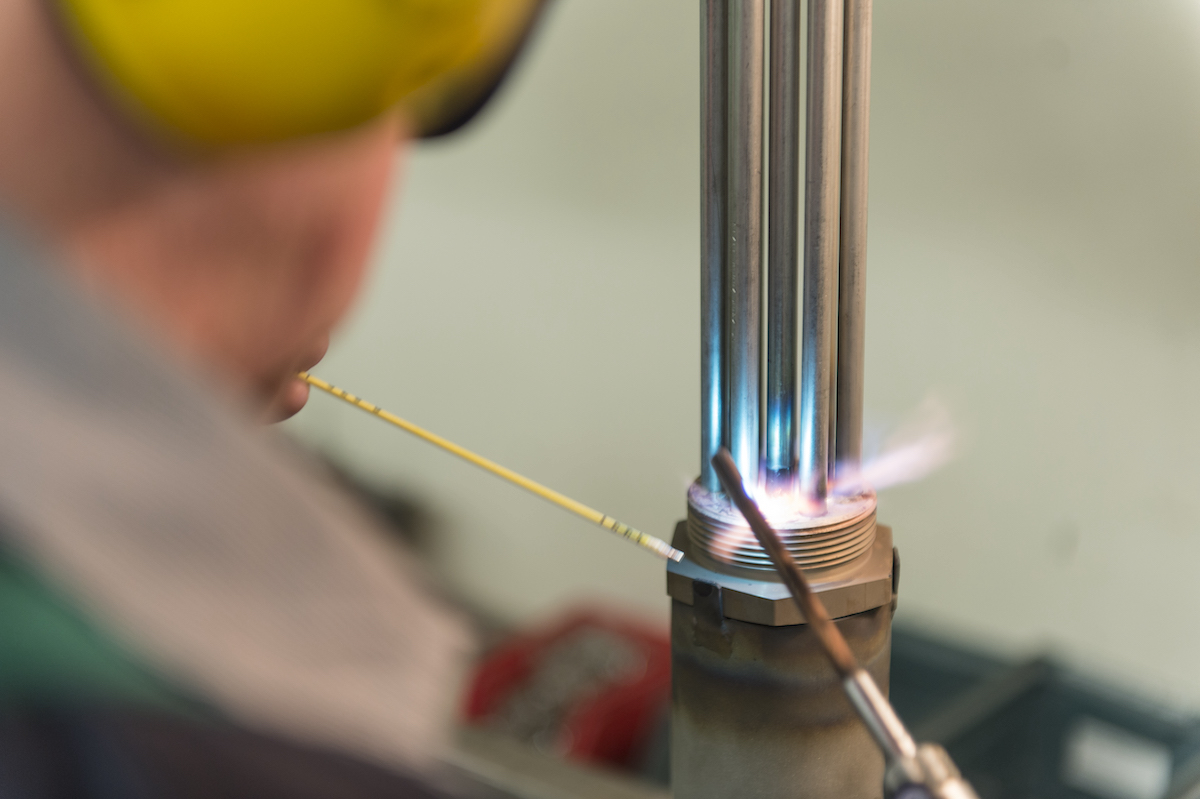
Energy transition allows process industry to achieve higher value-added potential for its plants
Summary: Virtual power plants (VPP) bundle electric heaters from a wide range of players in the manufacturing industry and tap additional sources of revenue from the plants by using them as power-to-heat applications. This places plants with less than 5MW further into the focus of the energy transition.
The ever-increasing expansion of renewable energy producers means that new ideas and concepts are emerging for stabilizing the grids. While so far, power-to-heat plants tended to be planned and installed purely as systems that participate in the electricity balancing market, the focus is now increasingly shifting to the manufacturing industry. The process industry has been using electric heaters for direct heating of a wide variety of media for a long time. Here, the technical application alone leads to deciding how to operate these plants.
Electrical heat sources have a certain inertia. Even when the power in the heater is turned off, the system still has some heat capacity. In addition, the natural heat storage of the medium to be heated acts as a usable buffer store for energy. Processes continue to run and the system only require electrical energy to heat up again after a certain time. Many manufacturing processes also have temperature tolerance ranges. They can work just as well at 65 °C as at 60 °C, for example. It is therefore possible to feed more energy into the system for a short time without affecting the quality of production.
This results in interesting additional sources of revenue for industrial companies. They can make their electric heater available on the electricity balancing market as part of a virtual power plant (VPP). There is a distinction between positive and negative control energy. If demand for electricity is higher than supply, then transmission system operators require positive electricity balancing (switching off consumers or switching on electricity generators). In the event of a power surplus, on the other hand, more consumers must be switched on. Since it is not possible to participate directly as a supplier in the secondary reserve market below a capacity of 5 megawatts or more, several plant operators of electric heaters join together to form a virtual power plant, which can then participate in the weekly auctions for the provision of their secondary reserve. Systems within a virtual power plant are coordinated with each other according to their requirements; they virtually back each other up. Of course, this takes into account the individual timelines of industrial customers. Specialized companies take care of marketing and bill industrial customers directly.
Plant owners receive two different types of remuneration: the output price and the energy price. The output price is a fixed payment that is paid for providing capacity to the secondary electricity balancing market, regardless of whether the plant is used or not. The energy price is paid when the registered plant actually performs work, meaning it is either switched off or consumes additional electricity. At the moment, positive control energy is worth higher power prices on the market than negative control energy.
Siekerkotte builds heaters and the control cabinet for its customers so that the plant meets all the requirements to function as part of a virtual power plant. This includes a modem for communication with the virtual power plant, as well as modules or a PLC (touch panel optional) that allow users to control the plant. We support all common communication protocols, such as Can-Bus, Modbus, Profibus, ProfiNet, TCPIP on Ethernet, etc. When designing or connecting to the control system, we naturally make sure that the requirements of the technical process take precedence over the requirements of the electricity balancing market. If necessary, Siekerkotte also refers its customers to the companies (such as Next Kraftwerke, Dong Energy, Statkraft, Clens Energy Sourcing, etc.) responsible for handling offers and settlements with the electricity power exchange for plant operators.
If you are interested in this potential additional revenue sources for electric heaters, please contact us. Siekerkotte has been at the side of the process industry for 26 years by providing it with electric heaters and electric heat. We are happy to help you!
Similar articles

Gas burner substitution

SynErgieOWL – Siekerkotte’s research partner for energy transition





